The College of Nanoscale Science and Engineering's STC earns ISO certification
ISO registration paves the way for new opportunities in commercial and government sectors.
Mar 5th, 2012
Read more
ISO registration paves the way for new opportunities in commercial and government sectors.
Mar 5th, 2012
Read moreResearchers at the University of Sheffield have revolutionised the electron microscope by developing a new method which could create the highest resolution images ever seen.
Mar 5th, 2012
Read moreA new approach to disentangling the complexities of biological networks, such as the way in which proteins interact in our body's cells has been developed by researchers in China.
Mar 5th, 2012
Read more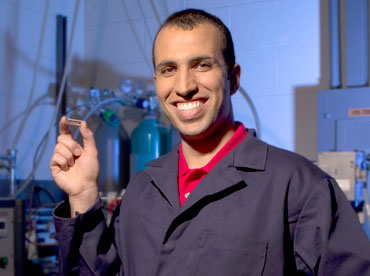 Fazel Yavari has developed a new sensor to detect extremely small quantities of hazardous gases. Made from a 3-D foam of graphene, this sensor is durable, inexpensive to make, and opens the door to a new generation of gas detectors for use by bomb squads, defense and law enforcement officials, as well as applications in industrial settings.
Fazel Yavari has developed a new sensor to detect extremely small quantities of hazardous gases. Made from a 3-D foam of graphene, this sensor is durable, inexpensive to make, and opens the door to a new generation of gas detectors for use by bomb squads, defense and law enforcement officials, as well as applications in industrial settings.
Mar 5th, 2012
Read moreResearchers at the UNIGE have succeeded in entangling 2 macroscopic crystals, a step towards the development of quantum memory.
Mar 5th, 2012
Read more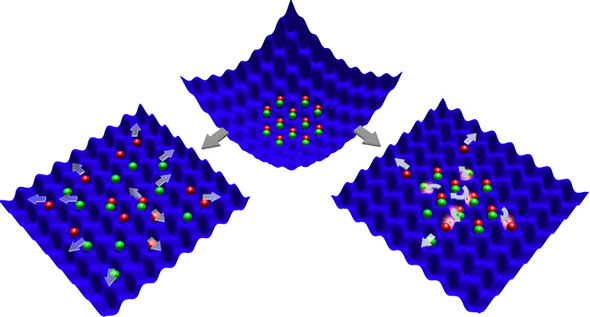 Scientists discover surprising transport phenomena in ultracold quantum many body systems.
Scientists discover surprising transport phenomena in ultracold quantum many body systems.
Mar 5th, 2012
Read moreIBM's Battery 500 project, led by scientists at IBM Research - Almaden in California, is an interdisciplinary consortium to develop a lithium-air battery that aims to increase the range of electrovehicles to 500 miles (approximately 800 km). This is more than five times the range of today's batteries, which average some 150 km per charge.
Mar 5th, 2012
Read moreThe aim of the conference/workshop is to bring together scientists and engineers working on different technological uses of graphene in a multidisciplinary and multisectorial (academia/industry) environment.
Mar 4th, 2012
Read more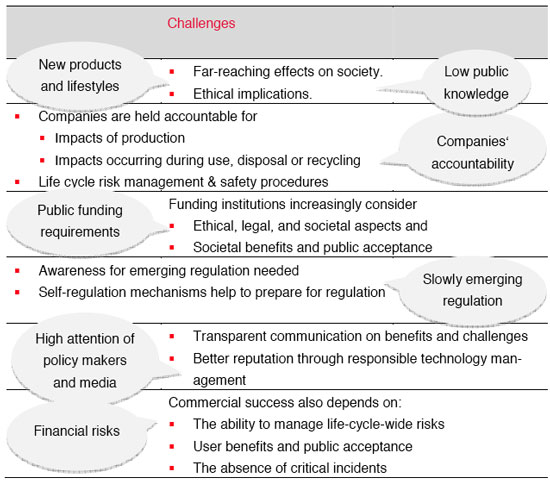 The European funded project ObservatoryNANO has published a guide to responsible nano-business, outlining how to use nanotechnology for the benefit of business, customers and society. The guide is intended for companies involved in the development and commercialisation of nanotechnology-based materials and applications.
The European funded project ObservatoryNANO has published a guide to responsible nano-business, outlining how to use nanotechnology for the benefit of business, customers and society. The guide is intended for companies involved in the development and commercialisation of nanotechnology-based materials and applications.
Mar 3rd, 2012
Read moreMayo Clinic researchers have gained insights into the function of a member of a family of specialized proteins called histone chaperones. Using nuclear magnetic resonance (NMR) spectroscopy and X-ray crystallography, they have determined the 3-D structure and interactions of the histone chaperone Rtt106 down to the atomic details.
Mar 3rd, 2012
Read moreIn a new study, Northwestern University scientists turned to squeezed polymers and free radicals in a search for new energy sources. They found incredible promise but also some real problems.
Mar 2nd, 2012
Read more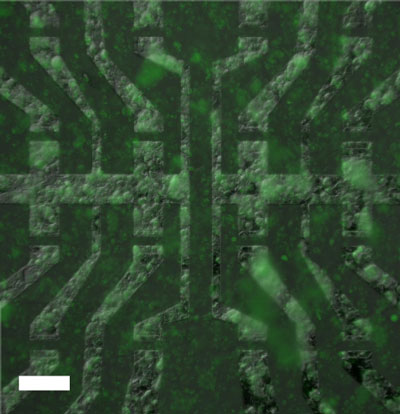 In the future, neural implants could replace destroyed sensory cells in the eye or ear - a dream come true for humanity. One of the greatest challenges yet to be addressed is designing the interface between medical technology and human tissue. In order to overcome the limitations of existing models, scientists from 12 institutions involved in the NeuroCare project, which kicked off on 1 March 2012, will develop novel biointerfaces made of carbon.
In the future, neural implants could replace destroyed sensory cells in the eye or ear - a dream come true for humanity. One of the greatest challenges yet to be addressed is designing the interface between medical technology and human tissue. In order to overcome the limitations of existing models, scientists from 12 institutions involved in the NeuroCare project, which kicked off on 1 March 2012, will develop novel biointerfaces made of carbon.
Mar 2nd, 2012
Read more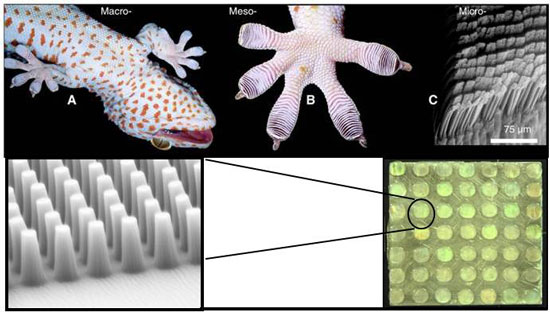 DARPA develops "Geckskin", an adhesive to climb walls without ropes or ladders.
DARPA develops "Geckskin", an adhesive to climb walls without ropes or ladders.
Mar 2nd, 2012
Read moreThe first Community rolling action plan (CoRAP) contains 90 substances that the Member States will evaluate under the substance evaluation process of the REACH Regulation.
Mar 2nd, 2012
Read more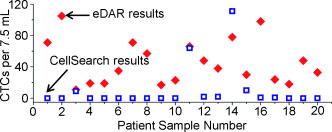 Chip-based method for the rapid, sensitive isolation of rare cells in blood.
Chip-based method for the rapid, sensitive isolation of rare cells in blood.
Mar 2nd, 2012
Read more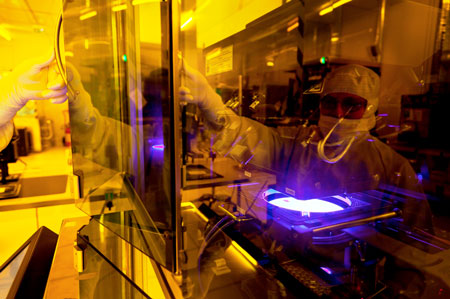 At the Micro and Nano Laboratory in Gaustadbekkdalen in Oslo, scientists have created one of the most advanced radiation sensors in the world: an X-ray detector that can reveal the composition of materials in a fraction of a second.
At the Micro and Nano Laboratory in Gaustadbekkdalen in Oslo, scientists have created one of the most advanced radiation sensors in the world: an X-ray detector that can reveal the composition of materials in a fraction of a second.
Mar 2nd, 2012
Read more